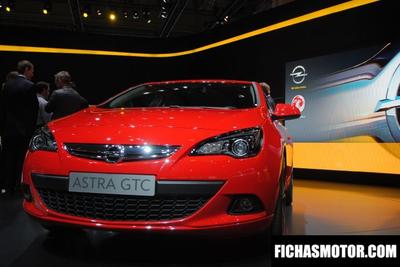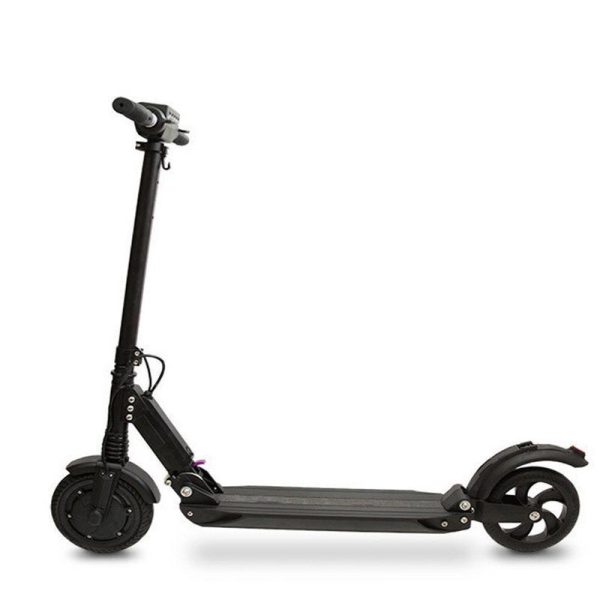
Lithium ion battery
Content
Lithium ion battery or lithium ion battery is a type of lithium battery
Emerging technologies for e-mobility
Smartphones, onboard cameras, drones, power tools, electric motorcycles, scooters ... lithium batteries are ubiquitous in our daily lives today and have revolutionized many uses. But what do they actually bring and can they still evolve?
History
It was in the 1970s that the lithium-ion battery was introduced by Stanley Whittingham. The work of the latter will be continued by John B. Goodenough and Akiro Yoshino in 1986. It wasn't until 1991 that Sony launched the first battery of its kind on the market and began a technological revolution. In 2019, three co-inventors were awarded the Nobel Prize in Chemistry.
How does it work?
A lithium-ion battery is actually a pack of several lithium-ion cells that store and return electrical energy. A battery is based on three main components: a positive electrode called a cathode, a negative electrode called an anode, and an electrolyte, a conductive solution.
When the battery is discharged, the anode emits electrons through the electrolyte to the cathode, which in turn exchanges positive ions. Movement changes while charging.
Therefore, the principle of operation remains the same as for the "lead" battery, except that here the lead and lead oxide of the electrodes are replaced by a cobalt oxide cathode, which includes a little lily and a graphite anode. Likewise, sulfuric acid or water bath gives way to an electrolyte of lithium salts.
The electrolyte used today is in liquid form, but research is moving towards a solid, safer and more durable electrolyte.
Advantages
Why has the lithium-ion battery superseded everyone else in the last 20 years?
The answer is simple. This battery provides excellent energy density and therefore provides the same performance for weight savings compared to lead, nickel ...
These batteries also have relatively low self-discharge (maximum 10% per month), maintenance-free and have no memory effect.
Finally, if they are more expensive than older battery technologies, they are cheaper than lithium polymer (Li-Po) and remain more efficient than lithium phosphate (LiFePO4).
Disadvantages
However, lithium-ion batteries are not ideal and, in particular, have more cell damage if fully discharged. Therefore, so that they do not lose their properties too quickly, it is better to load them without waiting for them to become flat.
First of all, the battery can pose serious safety risks. When the battery is overloaded or drops below -5 ° C, the lithium solidifies through dendrites from each electrode. When the anode and cathode are connected by their dendrites, the battery can catch fire and explode. Many cases were reported with Nokia, Fujitsu-Siemens or Samsung, explosions also occurred on aircraft, so today it is forbidden to carry a lithium-ion battery in the hold, and boarding in the cabin is often limited in terms of power (forbidden above 160 Wh and subject to permission from 100 to 160 Wh).
Thus, to combat this phenomenon, manufacturers have implemented electronic control systems (BMS) capable of measuring battery temperature, regulating voltage, and acting as circuit breakers in the event of an anomaly. Solid electrolyte or polymer gel are also perspectives explored to circumvent the problem.
Also, to avoid overheating, battery charging is slowed down during the last 20 percent, so charging times are often only advertised at 80% ...
However, a highly practical lithium-ion battery for day-to-day use has a profound impact on the environment, first by extracting lithium, which requires an astronomical amount of fresh water, and then recycling it at the end of its life. However, recycling or reuse is increasing year after year.
What is the future of the lithium ion?
As research moves increasingly towards alternative technologies that are less polluting, more durable, cheaper to manufacture, or safer, has the lithium-ion battery reached its potential?
The lithium-ion battery, which has been working commercially for three decades, hasn't had its last word, and developments continue to improve energy density, charging speed, or safety. We have seen this over the years, especially in the field of motorized two-wheeled vehicles, where the scooter only existed about fifty kilometers 5 years ago, some motorcycles now exceed 200 range terminals.
Revolution promises are also legions like the Nawa carbon electrode, Jenax foldable battery, 105 ° C operating temperature in NGK ...
Unfortunately, research is often faced with the harsh reality of profitability and industrial imperatives. While waiting for the development of alternative technology, especially the lithium-air that everyone expects, lithium-ion still has a bright future ahead, especially in the world of electric two-wheelers, where weight and footprint reduction are important criteria.

